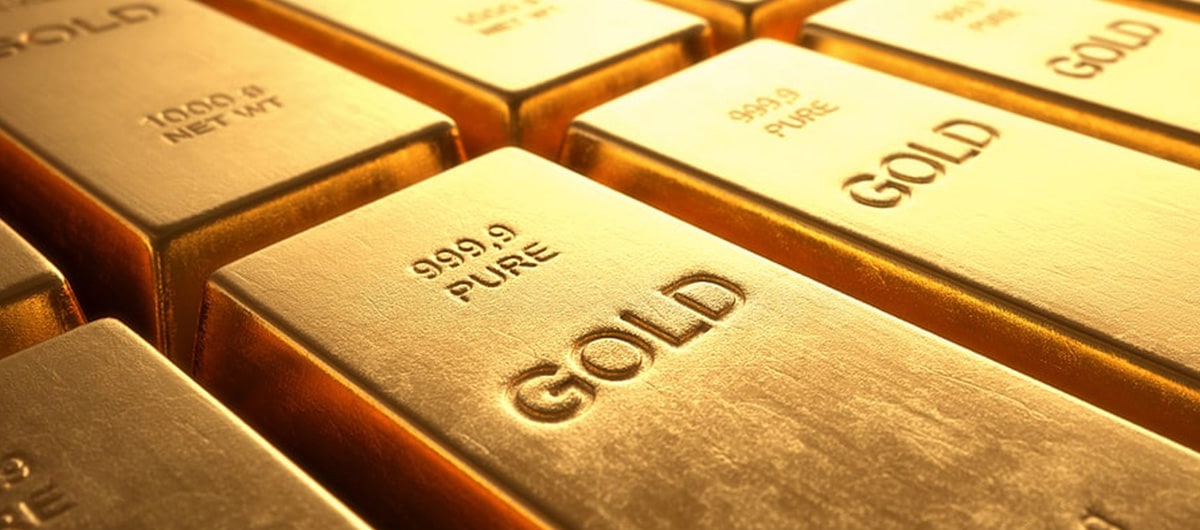
Gold is used as a standard of value for currencies all over the world. The price of gold gets stated as a currency value, often in U.S. dollars, and the price of gold can fluctuate with market conditions. What influences the price of gold in the current marketplace? Below are ten significant influences on gold price fluctuations that any investor with an interest in gold trading should understand.
1. Global Crisis

Because gold prices tend to rise when people lack confidence in governments or financial markets, it often gets called a crisis commodity. World events often have an impact on the price of gold because gold is viewed as a source of safety amid economic or geopolitical tumult. For example, the price of gold spiked right after the Russians moved into the Ukraine as people became uncertain about geopolitical stability in the region. In other cases, military action may actually increase reassurance with geopolitical situations. For example, the gold price softened at the beginning of Gulf War I. The bottom line is that political chaos equates to more interest in gold as a safe haven.
2. Inflation
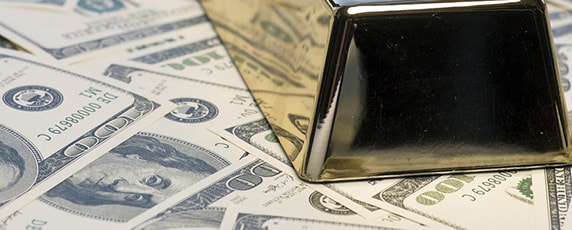
A common reason cited for holding gold is as a hedge against inflation and currency devaluation. Currency values fluctuate, but gold values, in terms of what an ounce of gold can buy, might stay more stable in the long term. Because gold holds value outside of politics—it is valued the world over—gold is attractive as a low-risk, solid investment in the midst of floundering currencies. Investors may feel encouraged to buy gold when they believe the value of their paper money will decline.
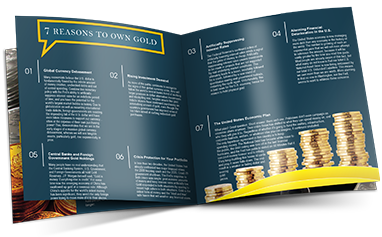
Everything you need to know to get started in Precious Metals
Learn how precious metals can strengthen your portfolio, protect your assets and leverage inflation.
Request the Free Guide3. Value of the U.S. Dollar
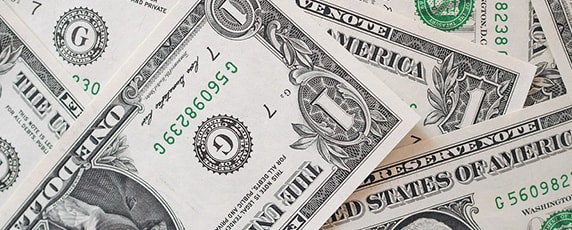
The U.S. dollar is still the world’s dominant reserve currency, making it one of the main currencies that different countries hold for international trades. The price of gold and the strength of the dollar have a pretty clear inverse relationship; when the dollar is strong, gold is weaker, and vice versa. For example, between September 1 and September 10 of 2014, the U.S. dollar index rose by almost 2 points, and this softened the market for those selling gold. On the other hand, people buying gold may see a strong dollar as a buying opportunity, and that could provide some price support.
4. Central Bank Instability
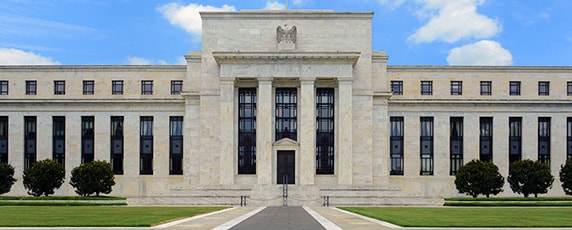
In the U.S., the Federal Reserve is the central bank. Most countries have central banks, and other dominant ones include the European Central Bank, the Bank of Japan, and the Swiss National Bank. Bank failures and irregular economic policies make buying gold seem like a safe haven investment. Once again, people flock to gold when the current paper money system experiences uncertainty. Some investors prefer the physical and tangible security of holding gold when central banks are going through deficits as a protection of wealth. In turn, an increased demand drives up the value of gold even more.
5. Interest Rates

Gold does not pay interest like treasury bonds or savings accounts, but current gold prices often reflect increases and declines in interest rates. As interest rates increase, gold prices may soften as people sell gold to free up funds for other investment opportunities. As interest rates decrease, the gold price may increase again because there is a lower opportunity cost to holding gold when compared to other investments. Low interest rates equate with greater attraction to gold.
6. Quantitative Easing
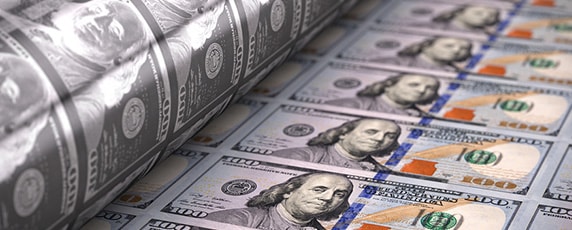
Quantitative easing, or QE, refers to a central bank strategy of buying securities in order to increase the money supply. By flooding financial institutions with money, a central bank, like the Federal Reserve, hopes to encourage banks to loan more money and increase the supply of money. Other central banks that have employed this strategy include the Bank of England, the Bank of Japan, and the European Central Bank.
A larger money supply pushes interest rates down, which could encourage investors to buy gold because of the lower opportunity cost. When overdone, this tactic this can trigger inflation, another signal of a rising price of gold. The Fed actually announced that they had stopped QE on October 29th of 2014, and this may put some downward pressure on gold prices if interest rates rise and inflation slows, yet it could also be an opportune time to take advantage of lower gold prices.
7. Government Reserves

Central banks, like the U.S. Federal Reserve, hold both gold and paper currency in reserve. In fact, the United States and several European countries hold the bulk of their reserves in gold, and they have been buying more gold for these reserves recently. Other countries that hold gold include France, Germany, Italy, Greece, and Portugal. When these central banks start to buy gold in greater quantities than they sell, it drives gold prices up. This is because the supply of currency increases and available gold becomes more scarce.
8. Jewelry and Industry

Gold is not just valuable as a hedge fund and a safe haven investment; gold is also used in jewelry and industry. Over half of gold demand is from jewelry, and China, India, and the United States are three countries with the biggest demands. In some parts of India, gold is still regarded as a type of currency, a display of wealth, an important gift, and a hedge against bad times. This demand drives the price of gold in India up. Gold, both the color and the precious metal, is a symbol of opulence in China, and a booming Chinese economy means that more people have money to spend on China gold.
Besides jewelry, another twelve percent of gold demand is generated from industrial applications. Manufacturers use gold in all sorts of electronic devices, from computers to GPS systems, and medical devices like heart stints.
9. Gold Production

Only about 2,500 metric tons of gold get produced each year, compared to an estimated 165,000 metric tons in the entire world’s gold supply. To visualize this, imagine all of the gold in the world filling up three-and-a-half Olympic-sized swimming pools, and this year’s production forming a cube that is only about 16 square feet.
Even though new production might seem modest compared to the total supply, production costs can influence the cost of all gold in the world. When production costs rise, miners sell gold for more money to preserve their profits, and those higher costs also get reflected when it comes time to sell coins if they were minted from gold that was originally mined yesterday or thousands of years ago.
10. Supply vs. Demand

Archeologists claim that people have been mining and coveting gold for at least 5,000 years, and this precious metal is likely to remain precious even if the price fluctuates often. If you plan to buy gold, you need to understand that the price is impacted by production costs, money supply, comfort or discomfort with financial or geopolitical stability, the demand generated by jewelry and industry, and actions taken by central banks. In other words, gold is a finite resource and when global economic conditions make gold more attractive, gold demand increases, making the price of gold rise. But the actual value of gold remains fairly stable in the long run, and the price could simply reflect temporary uncertainty or simple currency fluctuations. You can contact SBC Gold to learn how you can protect your financial security in any sort of market.

